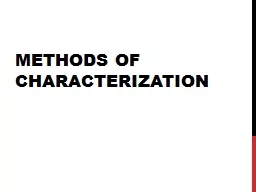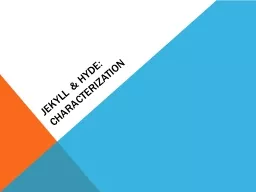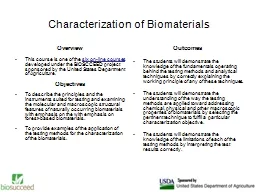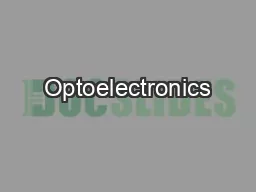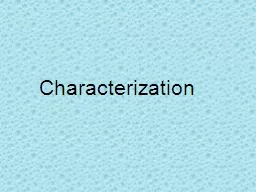PPT-Semiconductor Device Modeling and Characterization – EE5342 Lecture 7 – Spring 2011
Author : pressio | Published Date : 2020-06-24
Professor Ronald L Carter roncutaedu httpwwwutaeduronc rlc L0707Feb2011 2 First Assignment email to listservlistservutaedu In the body of the message include subscribe
Presentation Embed Code
Download Presentation
Download Presentation The PPT/PDF document "Semiconductor Device Modeling and Charac..." is the property of its rightful owner. Permission is granted to download and print the materials on this website for personal, non-commercial use only, and to display it on your personal computer provided you do not modify the materials and that you retain all copyright notices contained in the materials. By downloading content from our website, you accept the terms of this agreement.
Semiconductor Device Modeling and Characterization – EE5342 Lecture 7 – Spring 2011: Transcript
Download Rules Of Document
"Semiconductor Device Modeling and Characterization – EE5342 Lecture 7 – Spring 2011"The content belongs to its owner. You may download and print it for personal use, without modification, and keep all copyright notices. By downloading, you agree to these terms.
Related Documents


